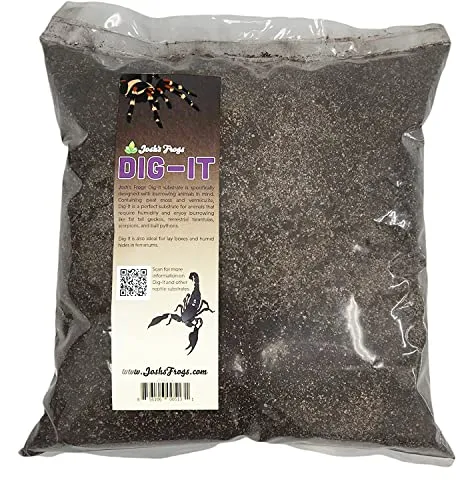Top 5 Must-Know Facts About Tarantula Substrate
Choosing the right substrate is crucial for the health and well-being of your tarantula. It’s more than just bedding; it provides essential environmental elements that directly impact your spider’s ability to thrive. This guide breaks down the top five things you absolutely need to know to create the perfect habitat. We will explore the best substrate options, how to maintain them, and how to choose the right one for your specific tarantula species. Understanding these key elements will ensure you’re providing the best possible life for your eight-legged friend. Correct substrate choices can significantly extend your tarantula’s lifespan and enrich its environment.
Why Substrate Matters for Tarantulas
The substrate serves multiple critical functions in a tarantula’s enclosure. It regulates humidity, provides a surface for burrowing, supports molting, and offers a sense of security. Without the right substrate, your tarantula may experience health problems, stress, and difficulty in performing natural behaviors. The proper substrate mimics the spider’s natural environment, providing everything it needs to feel secure and comfortable.
Importance of Humidity
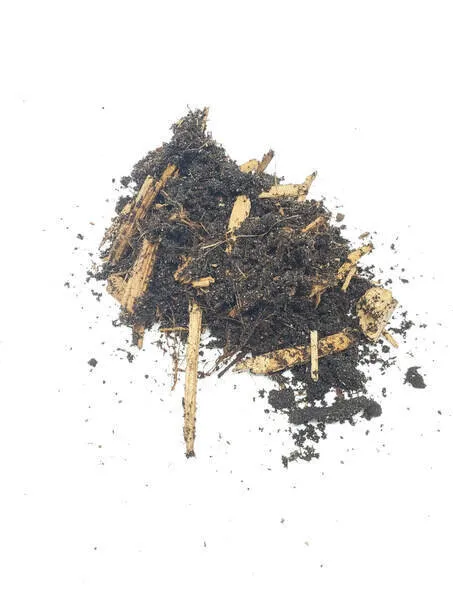
Humidity is a critical factor in tarantula care, especially for many species that originate from humid environments. Substrate helps maintain the necessary humidity levels through its ability to absorb and release moisture. The substrate releases this moisture into the air, ensuring the tarantula’s exoskeleton doesn’t dry out, which can lead to molting problems. Regularly misting the substrate and monitoring humidity with a hygrometer are vital aspects of tarantula care. Insufficient humidity can lead to serious health issues.
Impact on Burrowing and Molting
Many tarantula species are burrowers, and the substrate provides the material for them to create their dens. Burrowing offers security and a stable microclimate. Also, substrate is essential during molting. Tarantulas molt to shed their exoskeletons and grow larger. The substrate provides a soft surface for the tarantula to safely molt and helps them to maintain a secure environment while they are vulnerable. The ideal substrate allows for both burrowing and offers a cushion for the molting process.
Best Tarantula Substrate Options
Several substrate options cater to various tarantula species and their specific needs. The best choice depends on the species, its natural habitat, and your ease of maintenance preferences. Consider a variety of options when setting up your tarantula enclosure. Different materials offer different properties, from moisture retention to burrowing capabilities.
Coconut Fiber
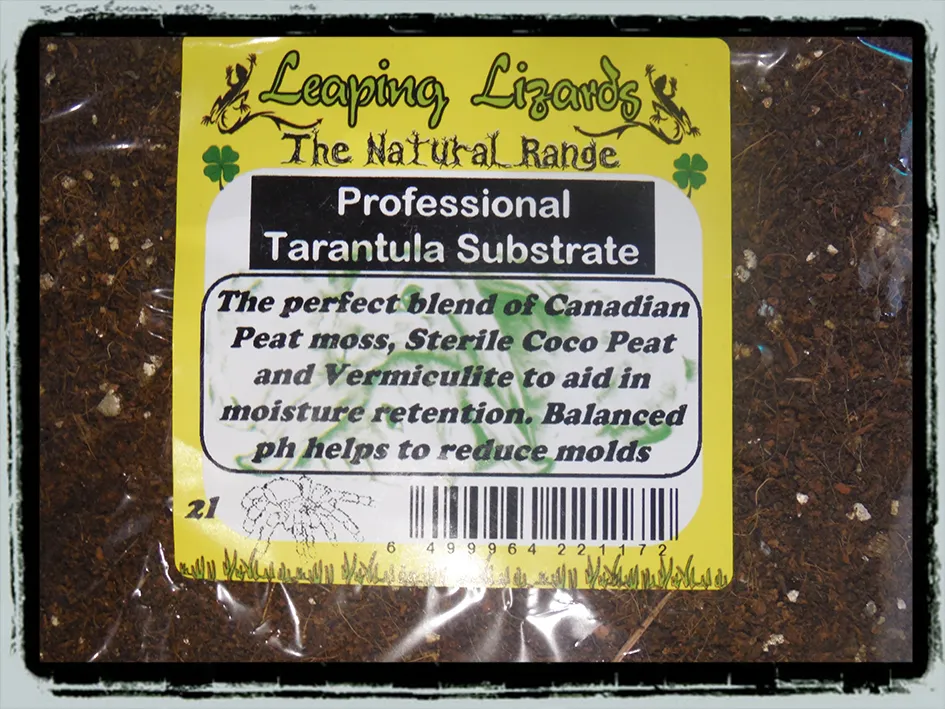
Coconut fiber, also known as coco coir, is a popular and versatile substrate choice. It’s made from the husks of coconuts, is readily available, and offers excellent moisture retention, making it ideal for humid environments. Its natural properties also resist mold and bacteria, contributing to a healthier enclosure environment. Coconut fiber is often sold in compressed bricks, which expand significantly when water is added, making it cost-effective.
Pros and Cons of Coconut Fiber
Coconut fiber has many benefits, including its ability to hold moisture, its natural resistance to mold, and its suitability for burrowing species. However, it can sometimes be dusty, so rinsing it before use is recommended. Some keepers find it aesthetically less appealing than other options. Though generally safe, it’s important to ensure the fiber is free of any additives or pesticides before introducing it to the enclosure. Proper preparation is the key.
How to Prepare and Use Coconut Fiber
To prepare coconut fiber, begin by soaking the compressed brick in warm water. Allow it to fully expand, then rinse it thoroughly to remove any dust or residual salts. Squeeze out excess water until the substrate is damp, not soaking wet. The depth of the substrate should be several inches deep for burrowing species, usually between 4 to 6 inches, depending on the size of the tarantula and the enclosure. Regular misting and monitoring of the humidity levels will maintain the ideal environment.
Sphagnum Moss

Sphagnum moss is another excellent substrate option, particularly for species that require very high humidity. It’s known for its exceptional water retention capabilities, making it perfect for maintaining stable humidity levels. Sphagnum moss offers a natural look and feel and can be used alone or mixed with other substrates to enhance moisture retention and aesthetic appeal. It also provides a natural environment for your tarantula.
When to Use Sphagnum Moss
Sphagnum moss is especially beneficial for tropical tarantula species, where high humidity is crucial. It’s also useful for localizing humidity, such as in a hide or corner of the enclosure. Species like the Antilles Pinktoe (Caribena versicolor) and other arboreal species often benefit from the elevated humidity levels provided by sphagnum moss. Using sphagnum moss is best when you need to provide more humidity than coco fiber alone.
Considerations for Using Sphagnum Moss
While sphagnum moss excels at retaining moisture, it requires careful management to prevent mold growth. Ensure proper ventilation within the enclosure, and avoid over-misting. Choose a high-quality, clean sphagnum moss product to minimize the risk of introducing contaminants. Regular inspection of the moss for signs of mold or decay is essential. Ensure good air circulation, and replace the moss as needed to maintain hygiene.
Other Substrate Choices
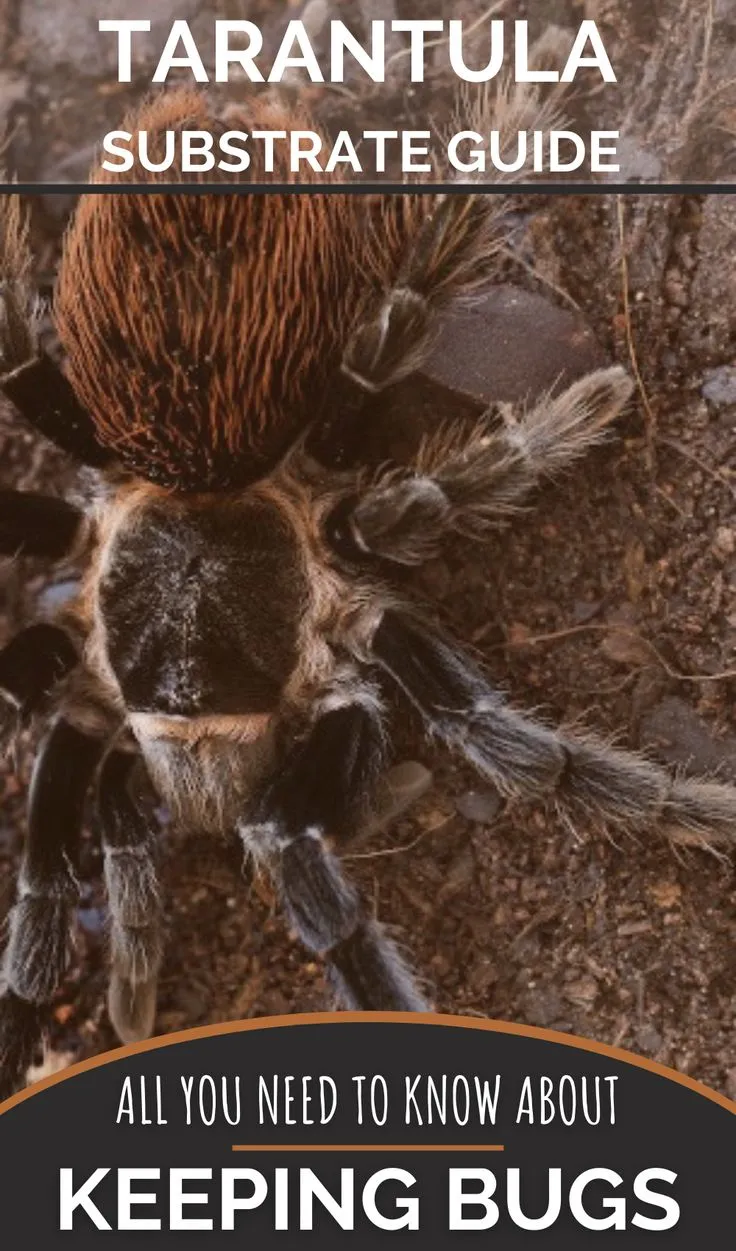
Besides coconut fiber and sphagnum moss, other substrate options are available, including topsoil, vermiculite, sand, and gravel. These choices each have their pros and cons, and suitability depends on the specific species and enclosure requirements. The right choice also relates to ease of maintenance, aesthetic preferences, and the burrowing behaviors of the tarantula.
Topsoil and Vermiculite
Topsoil, when mixed with vermiculite, provides excellent burrowing capabilities and can help regulate humidity. However, ensure the topsoil is free of fertilizers and pesticides. Vermiculite, on its own, is a good moisture retainer but may not be suitable as a sole substrate because it can flatten and compact over time. Mixing these creates an excellent burrowing and molting environment for your tarantula. Ensure that the soil is safe and has not been treated with chemicals.
Sand and Gravel
Sand and gravel are sometimes used, especially for arid species. However, they don’t retain moisture as well as other options and may not be suitable for all tarantulas. Make sure the sand is washed and free of dust to prevent respiratory issues. These options, while they can work, are not as universally applicable as coconut fiber and sphagnum moss. These options are also not suitable for all species; check the specific requirements of your tarantula.
Substrate Depth and Enclosure Size

The depth of the substrate and the size of the enclosure play a crucial role in providing a suitable environment. Correct depth allows the tarantula to burrow effectively, regulate humidity, and feel secure. Also, the correct enclosure size ensures adequate space and ventilation. Both factors are vital for the tarantula’s well-being.
Determining the Right Depth
For burrowing species, the substrate should be deep enough to allow the tarantula to create a comfortable burrow, often several inches deep. The depth will also depend on the size of the tarantula and the enclosure. A general rule is to provide at least twice the leg span of the tarantula in depth for burrowing species. Non-burrowing species may require less depth, but the substrate should still be sufficient to regulate humidity and provide a comfortable surface for movement and molting.
Matching Substrate to Enclosure Size
The size of the enclosure and the substrate should be proportionate. A larger enclosure will require more substrate to maintain the correct humidity and provide enough space for burrowing and exploration. Ensure that the enclosure isn’t too large for the size of your tarantula, as it may lead to stress. The substrate should fill a significant portion of the enclosure’s base, providing a sense of security and promoting natural behaviors. Adjust the setup according to the tarantula’s growth, and always have enough space to allow for natural behaviors.
Maintaining Substrate Hygiene
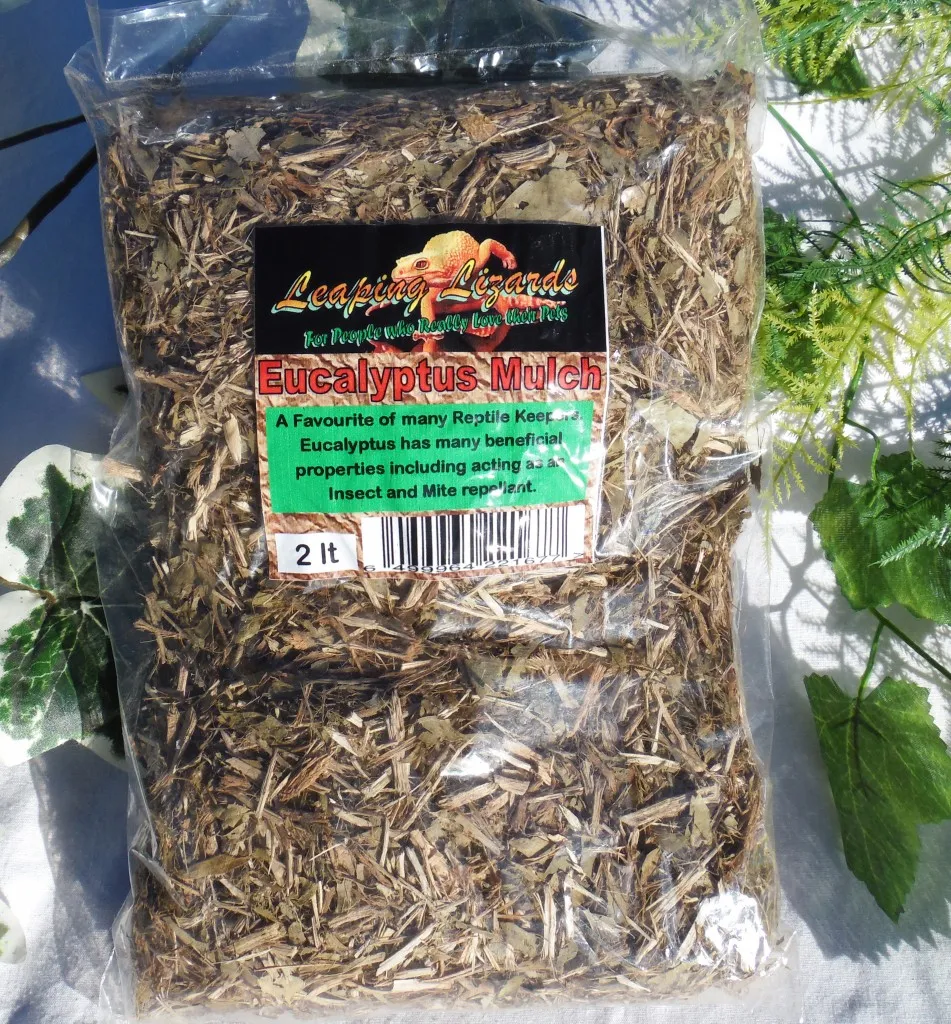
Regular maintenance is critical to ensure your tarantula’s enclosure remains healthy and hygienic. This includes spot cleaning to remove waste and uneaten food and the periodic replacement of the entire substrate. Proper hygiene prevents the build-up of bacteria, mold, and pests, maintaining a healthy environment for your tarantula.
Spot Cleaning and Full Replacement
Spot cleaning should be performed regularly, usually weekly, to remove any visible waste, uneaten prey, or mold growth. Use a pair of tongs or a small scoop to remove these items. Full substrate replacement is typically done every 6 to 12 months, or sooner if the substrate becomes heavily soiled or contaminated. When replacing the substrate, carefully remove all the old material and clean the enclosure with a mild, reptile-safe disinfectant before adding the new substrate.
Dealing with Mold and Pests
Mold and pests can pose a threat to the health of your tarantula. Mold often arises from excessive moisture and poor ventilation. Regularly inspect the substrate for signs of mold growth, and remove any affected areas immediately. Pests, such as mites or springtails, can also infest the enclosure. Ensure good ventilation, avoid overwatering, and quarantine new items before introducing them to the enclosure. If pests persist, consult with a reptile veterinarian for appropriate treatment options. Maintaining a clean and properly ventilated environment is the best prevention.
How to Choose the Right Substrate

Selecting the appropriate substrate is essential to ensure your tarantula thrives. Several factors influence the best choice, including the species of tarantula, your ease of maintenance, and aesthetic preferences. By carefully considering these factors, you can create a suitable habitat that promotes the health and well-being of your pet.
Considering Tarantula Species and Needs
Each tarantula species has specific environmental needs, including humidity, temperature, and substrate preference. Research the native habitat of your tarantula to understand its natural environment. Tropical species often require higher humidity and benefit from substrates like coconut fiber and sphagnum moss. Arid species, on the other hand, may prefer drier substrates, such as a mix of sand and topsoil. Understanding your species’ requirements is the first and most crucial step in selecting the correct substrate.
Ease of Maintenance
Consider your maintenance capabilities when choosing a substrate. Some substrates require more frequent misting and cleaning than others. Coconut fiber is generally easy to maintain, while sphagnum moss may need more attention to prevent mold growth. Evaluate the amount of time and effort you’re willing to dedicate to maintaining the enclosure. Choose a substrate that aligns with your lifestyle and the amount of care you can provide.
Aesthetics and Safety
While the health and safety of your tarantula are paramount, consider the aesthetics of the enclosure. Some keepers prefer the natural look of sphagnum moss or a mix of substrates, while others prioritize ease of cleaning. Ensure that the substrate you choose is safe and non-toxic to your tarantula. Avoid substrates with sharp edges or chemicals. A visually appealing enclosure can enhance your enjoyment of tarantula keeping, but always prioritize your pet’s well-being and safety. Choose wisely.
In conclusion, selecting the right substrate is an essential aspect of tarantula care. By understanding the importance of substrate, the different options available, and how to maintain them, you can create a healthy and stimulating environment for your tarantula. Proper substrate selection ensures that your tarantula will thrive, and you will be rewarded with a fascinating and rewarding pet. Provide your tarantula with the best, and it will reward you with its unique character and beauty. Remember, the health and happiness of your tarantula depend on the care you provide.
